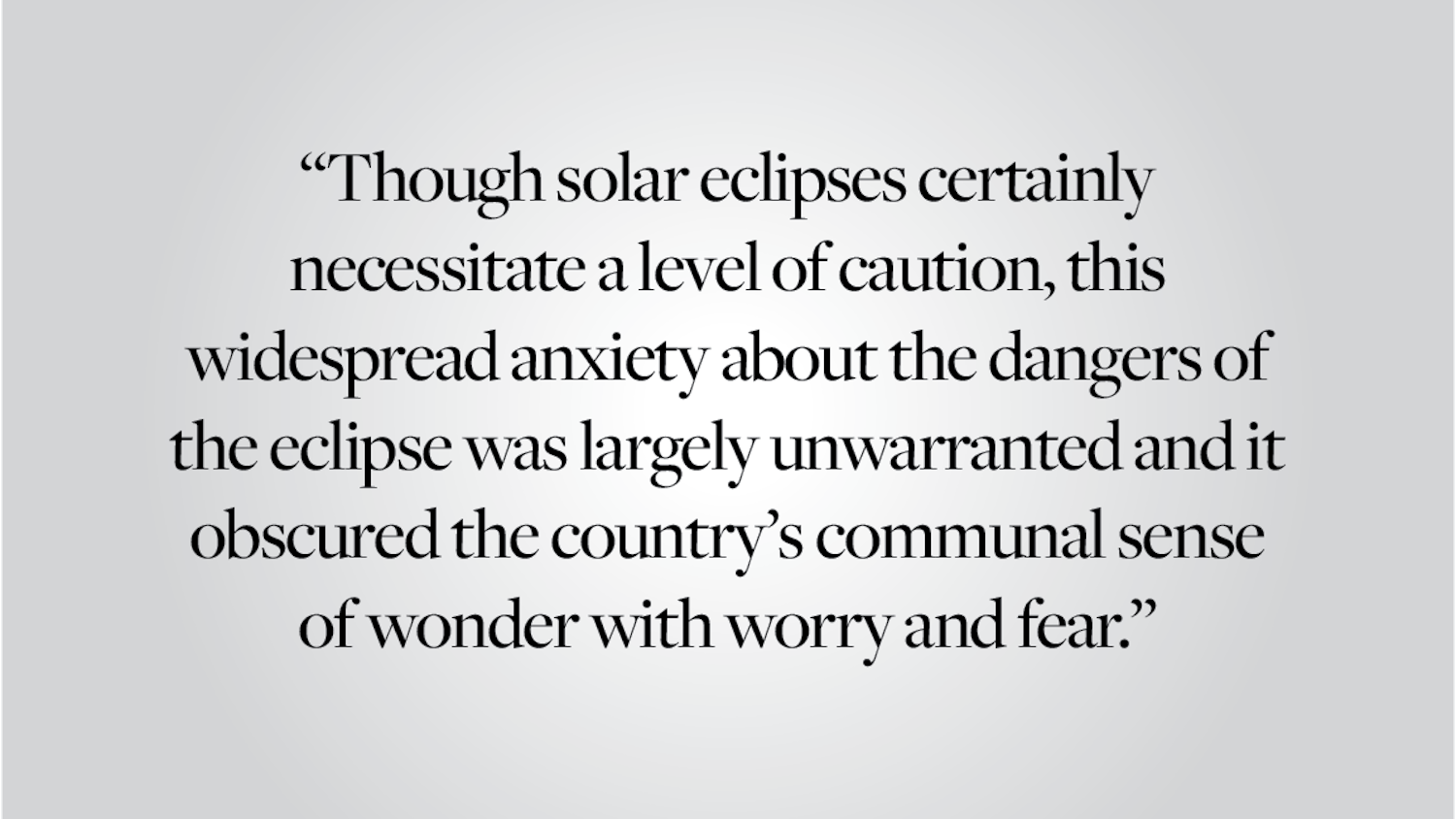Not long ago, The Herald published an article about the rising costs of textbooks and how this places a financial burden on students. The piece mentioned numerous ways in which students and faculty members try to reduce costs by exchanging used textbooks, renting textbooks from the Brown Bookstore and placing books on reserve at the libraries. I remember bringing a whole suitcase filled with textbooks each time I came home for break. The textbooks took up so much space on the shelf in my bedroom. But how did I even have space on my shelf for the books I bought at Brown? Ebooks.
I love using e-books. I find them, in certain ways, preferable to physical books. Using electronic versions of texts in classrooms might help with reducing costs for course materials, and even if they are not always the cheapest option, they can still provide numerous health- and efficiency-related benefits for students.
I have noticed that the books I read for pleasure are available for lower prices in electronic formats than in new, printed editions. Though used books might still be cheaper in general, I have — from time to time — noticed great titles available as e-books for under $5 on Amazon. Many e-books of literary classics are even free online through sites like Project Gutenberg because their copyrights have expired.
The problem of physical quality also does not apply to e-books in the way it applies to used books whose pages may be underlined or torn. Many online sellers might not accurately represent the quality of their used books.
In addition to sometimes being more affordable, electronic texts also possess other qualities that make them, in certain ways, better than printed books. One quality is portability. Ebooks do not take up physical space themselves; only the devices that access them do. Thanks to sites like Project Gutenberg and free applications like Amazon’s Kindle app, students can carry an entire library of books on one laptop.
Just imagine being able to access all of the readings you have to do for your class with the computer you probably never leave your dorm without. Your back wouldn’t hurt from carrying textbooks around campus. (Heavy backpacks are an actual health concern, as more than 28,000 people were treated for backpack-related injuries in the United States last year, according to the U.S. Consumer Product Safety Commission). You also wouldn’t have to worry about going back to your dorm to pick up books between classes, nor would you be concerned about packing your backpack appropriately before camping out in a library. In this way, electronic texts can make getting work done for classes easier.
There is an additional classic dilemma that electronic texts can fix: the issue of trying to get work done late at night without disturbing your roommate. I’m willing to bet that, in many cases, the light emitted by a laptop is less disruptive to a sleeping roommate than the light emitted by a desk lamp. Ebooks and PDFs can also be accessed on portable tablets, e-readers and even smartphones, and the light from these devices would be easy to conceal. Plus, numerous apps that allow you to read electronic texts can adjust the fonts of the texts, making it easier to read in the dark.
Basically, electronic books would allow one to get work done late at night in one’s dorm room. Students would therefore not have to stay in the Sciences Library or other places that are open late and worry about getting back home. I remember once leaving the SciLi and walking to my dorm room late at night. The experience made me shake with fear — Thayer Street, the shortest route to my dorm, was way too quiet — and I hope to never make that trip again.
Of course, e-books have their own limitations, but these issues can be resolved easily. Many applications that allow you to read e-books let you highlight passages and type notes that correspond to the marked excerpts. This might be a bit more cumbersome than writing in a printed book, but for people who type their notes, e-books allow readers to organize the excerpts they highlight and the corresponding notes they write. I personally tend to take notes in my note-book, regardless of whether I am reading an e-book or a printed edition. The notes I scribble in my note-book are easier to read than the words I squeeze into the margins of a printed page. I’m sure several of my fellow students who prefer to write their notes by hand would agree with me on this.
Another small issue is that, though some e-books include page numbers that correspond to actual printed editions, these page numbers may be inaccurate, especially if someone changes the text’s font. But I have been in classes in which people have different printed editions of the some text, and we’ve still had engaging in-class discussions. We’ve just pointed out the excerpts we wished to talk about by mentioning the chapter and paragraph number. And while I was worried about problems of citation that e-books might pose, I was happy to discover that the Modern Language Association’s citation guide explains how to cite an e-book.
I have found that numerous Brown professors are okay with students using e-books. I think it would be great if professors used electronic versions of the texts they teach as much as they think reasonable. Despite a few problems, electronic texts provide several benefits in regards to affordability, portability and efficiency. While I do not think that e-books should replace printed books completely, I see electronic texts as a technological resource upon which faculty members and students should rely more.
Ameer Malik ‘18 can be reached at ameer_malik@brown.edu.




